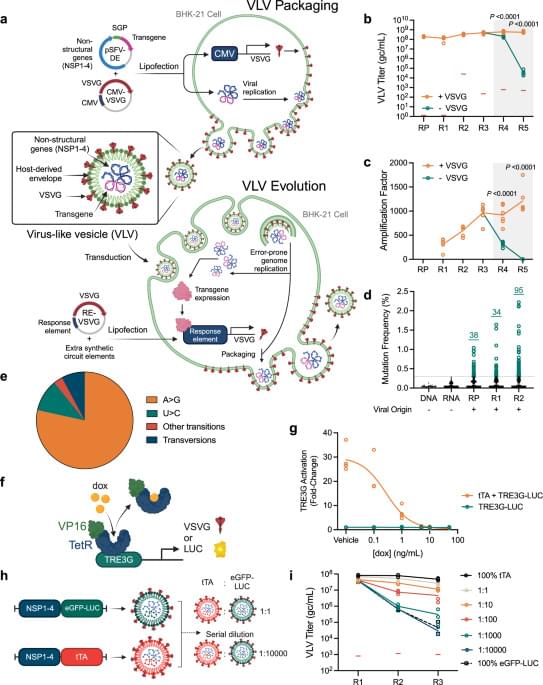A simple and cost-effective method developed by ANU scientists could make the process of extracting valuable resources from brine deposits more environmentally friendly.



Deep within the arid and rugged terrains of Rajasthan roams a remarkable creature—the camel, often referred to as the “ship of the desert.” Known for their endurance, unique gait, and ability to survive extreme conditions, camels have long fascinated both scientists and locals alike.
Over time, they’ve been subjects of various studies that revealed surprising abilities, from surviving on sparse resources to even consuming snakes as part of traditional practices. Scientists are now exploring camel tears for rare enzymes and medicinal compounds that could revolutionise treatments for infections, inflammation, and eye diseases. But now, a new claim places camel tears in the spotlight for their potential medical value.
According to a study reportedly conducted by the Central Veterinary Research Laboratory in Dubai, camel tears may have the extraordinary ability to neutralise venom from up to 26 snake species. If validated, this could mark a significant turning point in snakebite treatment, especially in countries like India, where venomous snakebites are a major public health challenge. Though the findings have yet to be peer-reviewed or widely published, the potential has generated global attention for its revolutionary implications in antivenom research.
Camel tears may neutralise venom from 26 snake species. A Dubai lab study suggests this. It could help snakebite treatment, especially in India. Camel tears have bioactive compounds. These may neutralise snake venom toxins. This could lead to affordable snakebite drugs. Camel tears also fight desert infections. They contain proteins and lysozyme. This discovery may help toxicology and medicine.


Directed evolution is a process of mutation and artificial selection to breed biomolecules with new or improved activity. Here the authors develop a directed evolution platform (PROTein Evolution Using Selection; PROTEUS) that enables the generation of proteins with enhanced or novel activities within a mammalian context.

“We are excited to be joining Google DeepMind along with some of the Windsurf team,” Mohan and Chen said in a statement. “We are proud of what Windsurf has built over the last four years and are excited to see it move forward with their world class team and kick-start the next phase.”
Google didn’t share how much it was paying to bring on the team. OpenAI was previously reported to be buying Windsurf for $3 billion.



The SunRise Building, a residential complex in Alberta, Canada, has established a Guinness World Record for the largest solar panel mural.
The installation combines art with building-integrated photovoltaics (BIPV), contributing to the building’s energy supply. This project measures 34,500 square feet and provides 267 kW of solar capacity, powering the building’s common areas.


Research led by Thilo Womelsdorf, professor of psychology and biomedical engineering at the Vanderbilt Brain Institute, could revolutionize how brain-computer interfaces are used to treat disorders of memory and cognition.
The study, “Adaptive reinforcement learning is causally supported by anterior cingulate cortex and striatum,” was published June 10, 2025, in the journal Neuron.
According to researchers, neurologists use electrical brain-computer interfaces (BCIs) to help patients with Parkinson’s disease and spinal cord injuries when drugs and other rehabilitative interventions are not efficient. For these disorders, researchers say brain-computer interfaces have become electroceuticals that substitute pharmaceuticals by directly modulating dysfunctional brain signals.